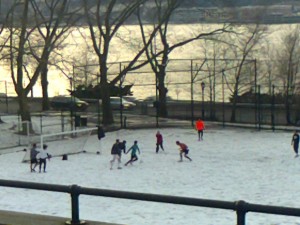repost from a comment on the Thoughtful Blogger:
The most memorable elements of this piece were the images of the father listening to his classical music on Sundays and the excerpt from Lydia Davis’s ‘How Shall I mourn them’. James Woods is an excellent writer. What is interesting to me is how the excerpt, not Woods writing, is what has got me thinking and returning to this piece. I couldn’t remember who Woods was quoting, I had the poem stuck in my head, and it kept returning.
Each morning as a I take out my cold stick of butter and attempt to spread it over brittle toast, I think shall I leave the butter out all day to soften, like… But I can’t remember like who? So I have to login to the New Yorker and find the piece and now I see, it’s C.
But now that I know it seems not so important. What lingers is the following question:
I wonder about excerpts that overpower one’s own writing, should we use them?
This post is confused like my tenses.


